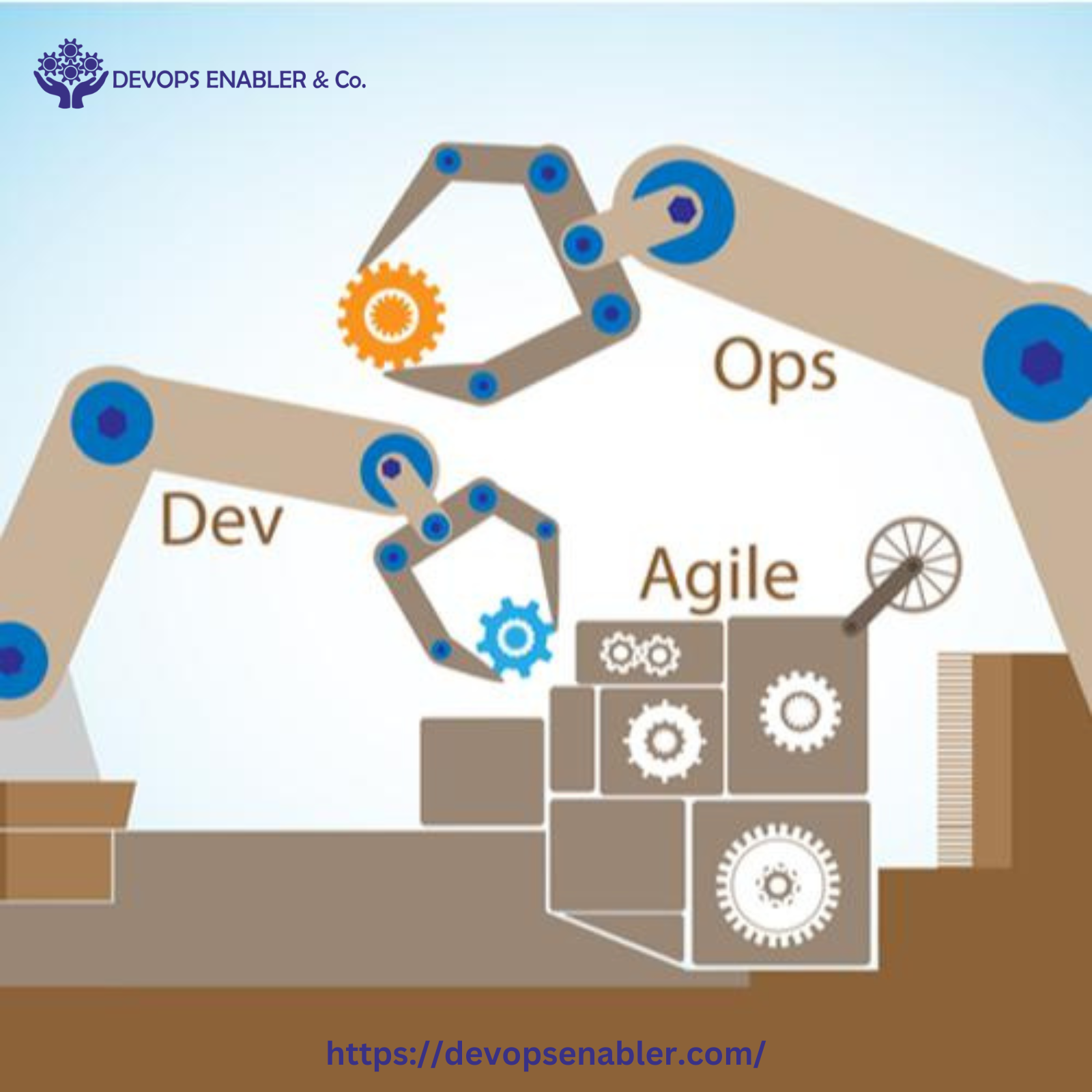Immerse yourself in the realm of “Efficient Deployment: CI/CD Best Practices for Microservices,” and revolutionize your software delivery pipeline. In the ever-evolving landscape of software development, where agility and scalability reign supreme, the adoption of Continuous Integration and Continuous Delivery (CI/CD) has become more than just a trend—it's a necessity. Nowhere is this truer than in the realm of microservices architectures, where intricate systems are dismantled into smaller, self-contained units. Here, CI/CD serves as the linchpin, ensuring flawless integration, rigorous testing, and seamless deployment of services.
Understanding CI/CD:
CI/CD, an acronym for Continuous Integration and Continuous Delivery, is the cornerstone of modern software development methodologies. Continuous Integration involves the merging of code changes into the main branch, ensuring that it's always production-ready. Meanwhile, Continuous Delivery ensures that once approved, these changes are automatically deployed into the production environment. The ultimate goal? A perpetual state of readiness for seamless implementation.
CI/CD with Microservices:
In the microservices landscape, CI/CD takes on a distinct set of objectives. Each team of developers operates autonomously, responsible for developing and deploying changes to their respective microservices. This ensures that changes made by one team do not disrupt the workflow of others. Before deployment to the production server, each new version of a microservice undergoes rigorous testing in a dedicated environment, complete with quality checks and access control policies to maintain integrity.
Drop Us a Line for Assistance: https://devopsenabler.com/contact-us
Best Practices:
- Automation First: Automate essential tests and processes, prioritizing smoke tests, unit tests, and functional tests. By automating these processes, developers can significantly reduce workload while ensuring the reliability and consistency of their code.
- Frequent Software Releases: Embrace a culture of frequent software releases, facilitated by rigorous testing in environments identical to production. A/B testing allows for the refinement of features, ensuring that only the best-performing variants are released to a broader audience.
- Streamlined Version Control: Minimize branching and encourage daily commits to the main branch. Utilize GitOps to simplify version control, reducing integration headaches and fostering smoother collaboration among teams.
- Microservices Readiness: Embrace the microservices architecture incrementally, focusing on mission-critical components first. By taking an incremental approach to re-architecting applications, organizations can gradually transition to the new architecture without disrupting existing workflows.
- Security Maintenance: Safeguard CI/CD systems by isolating them within a secure internal network. Implement robust security measures such as two-factor authentication and access management systems to mitigate both external and internal threats.
Mastering CI/CD with microservices requires a commitment to best practices that prioritize automation, frequent releases, streamlined version control, microservices readiness, and security maintenance. By adhering to these principles, organizations can navigate the complexities of the software development lifecycle with confidence, ensuring the rapid and reliable delivery of software in today's fast-paced digital landscape.
Contact Information:
- Phone: 080-28473200 / +91 8880 38 18 58
- Email: sales@devopsenabler.com
- Address: #100, Varanasi Main Road, Bangalore 560036.

